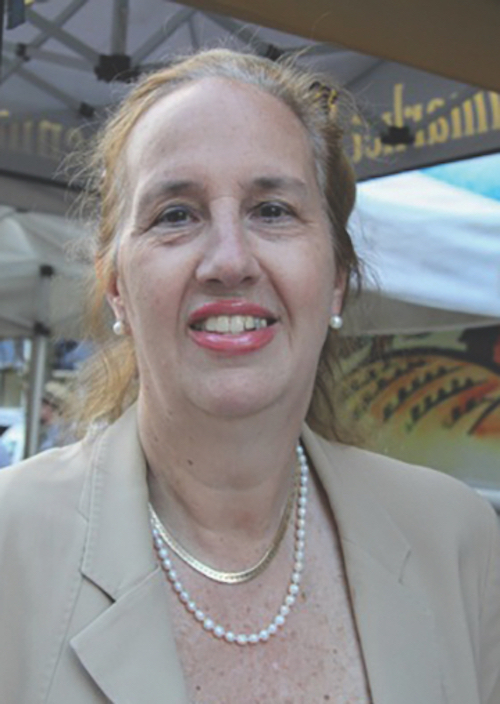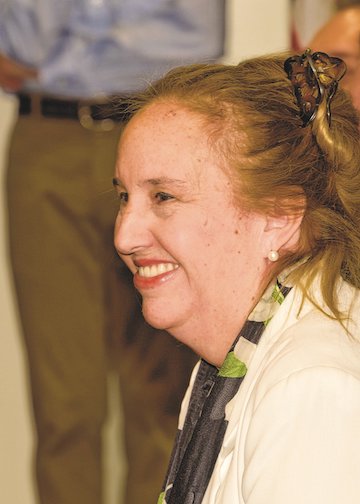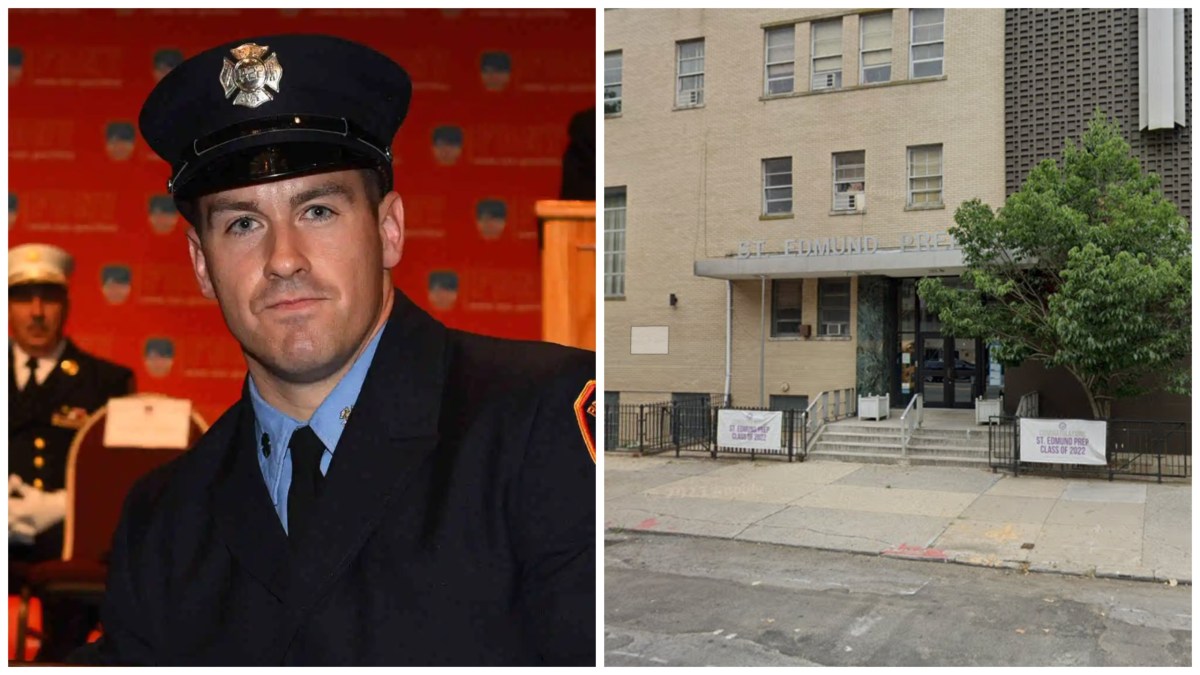
BY GABE HERMAN |
Manhattan Borough President Gale Brewer is calling on Schools Chancellor Richard Carranza to increase the number of social workers in city schools. Brewer said the current number is inadequate, and that investment is needed in school mental-health services.
Brewer started her Feb. 20 letter to Carranza by praising him for making mental health a priority in city schools, but said more needs to be done.
She cited a 2017 report by her office that found that, in Manhattan, there was one social worker for every 800 students. The National Association for Social Workers recommends one social worker for every 250 students, and one for every 50 students in vulnerable populations.
Brewer said the fiscal year 2020 budget should provide funds for those recommended ratios of school social workers.
“Social workers have overwhelming caseloads and are stretched too thin,” Brewer said.
“Research shows that appropriate mental-health services correlate with better educational outcomes, reduced suspensions, reduced absenteeism and improvements in school climate,” Brewer wrote.
She cited Department of Education data that show more than 70 percent of city students face economic hardship. And 82 percent of students in a 2017 survey said harassment, bullying and intimidation occurred at their school — a 17 percent increase from five years earlier.
“By examining poverty, discipline and school climate data,” Brewer wrote, “we see that there is a great need in our public schools for a drastic increase in social workers, school-based mental-health direct-service providers and additional socio-emotional supports.”
D.O.E. did not respond to a request for comment about the letter.
Along with calling for more social workers, Brewer’s recommendations included considering a greater role for social-work interns to support students at schools; investing in restorative training for everyone in “the school environment,” going beyond the current anti-bias training for teachers and administrators to include social workers, parents and others; and investing more in the School-based Mental Health Prevention & Intervention Program to provide more services and support for high-needs students.


















